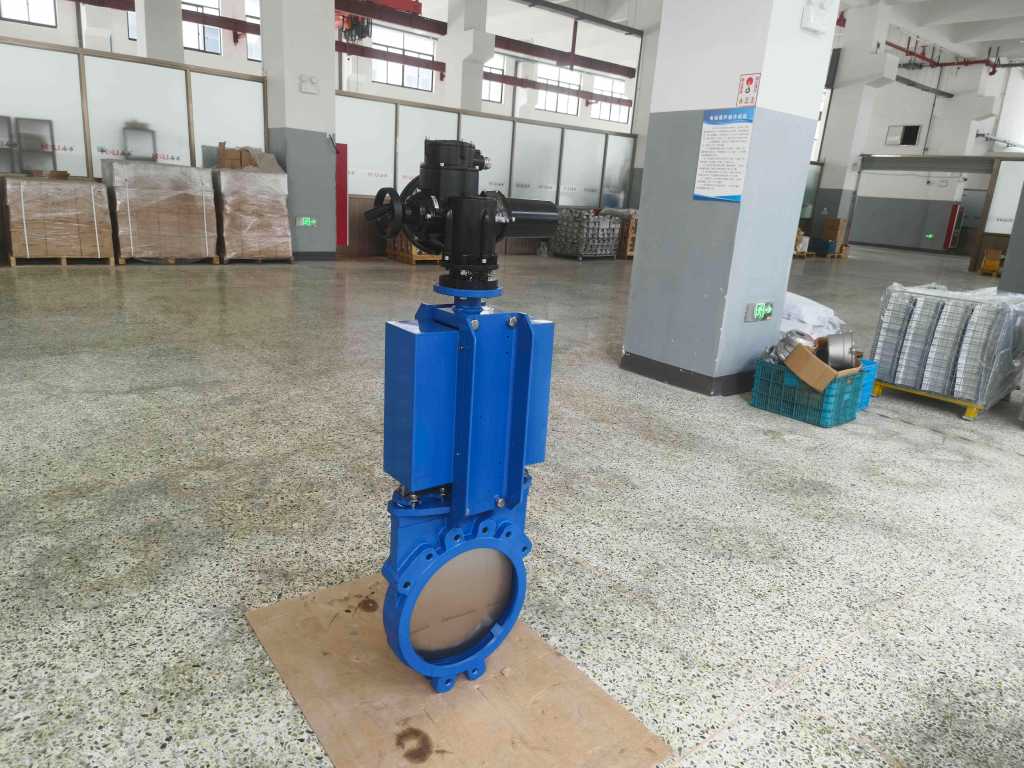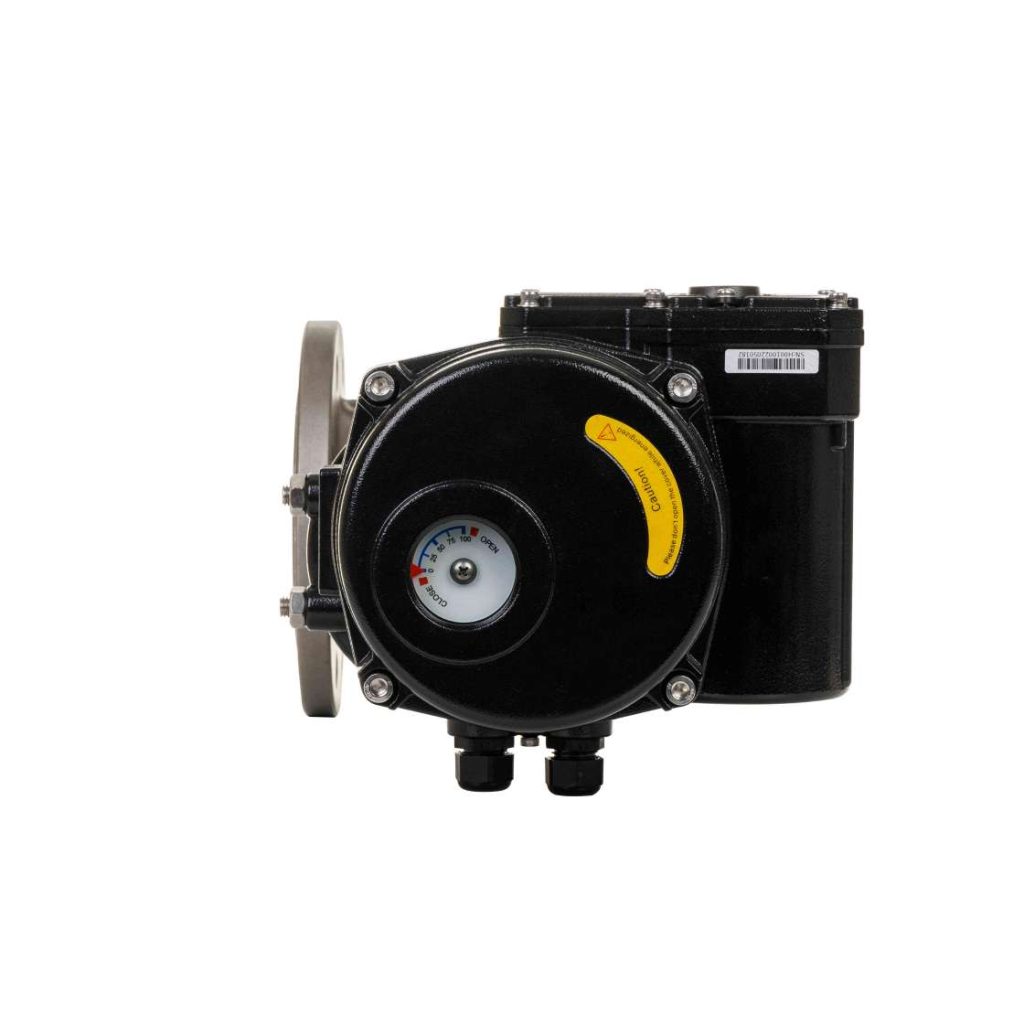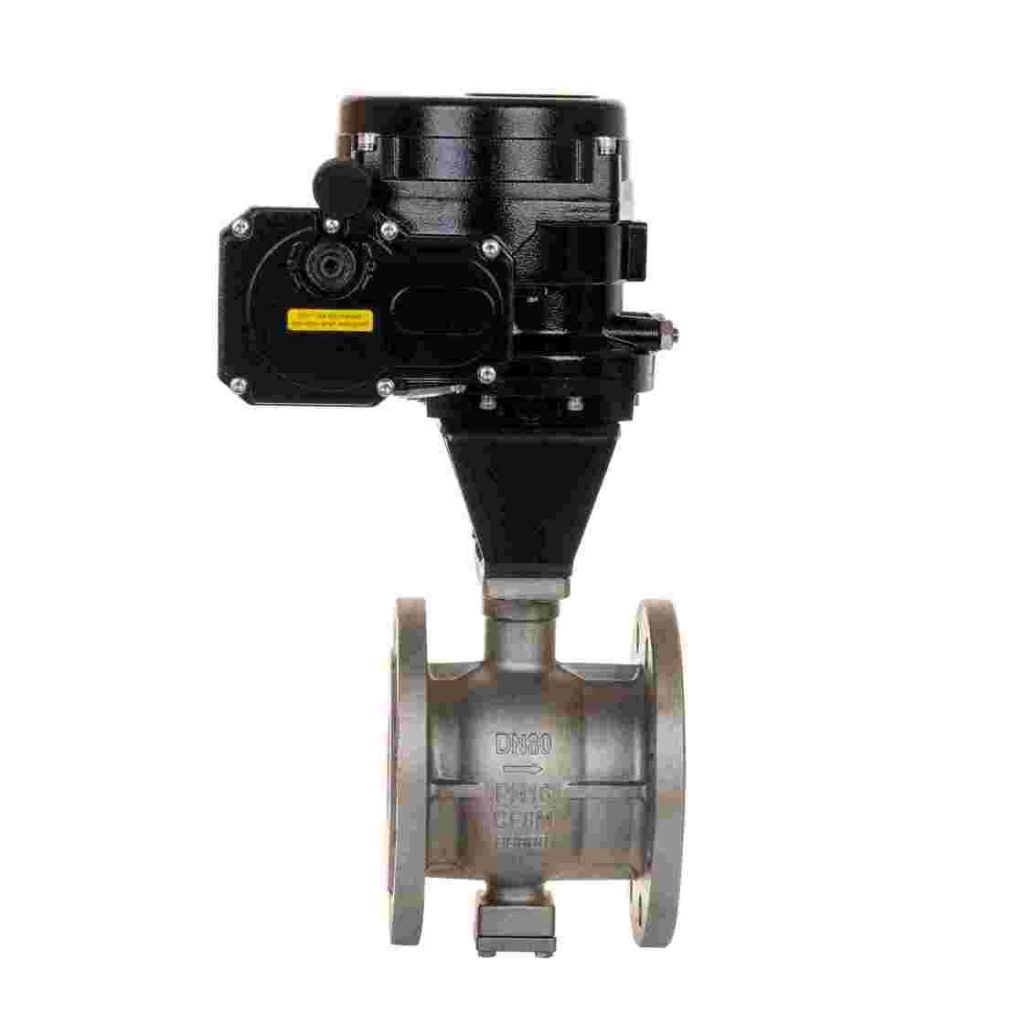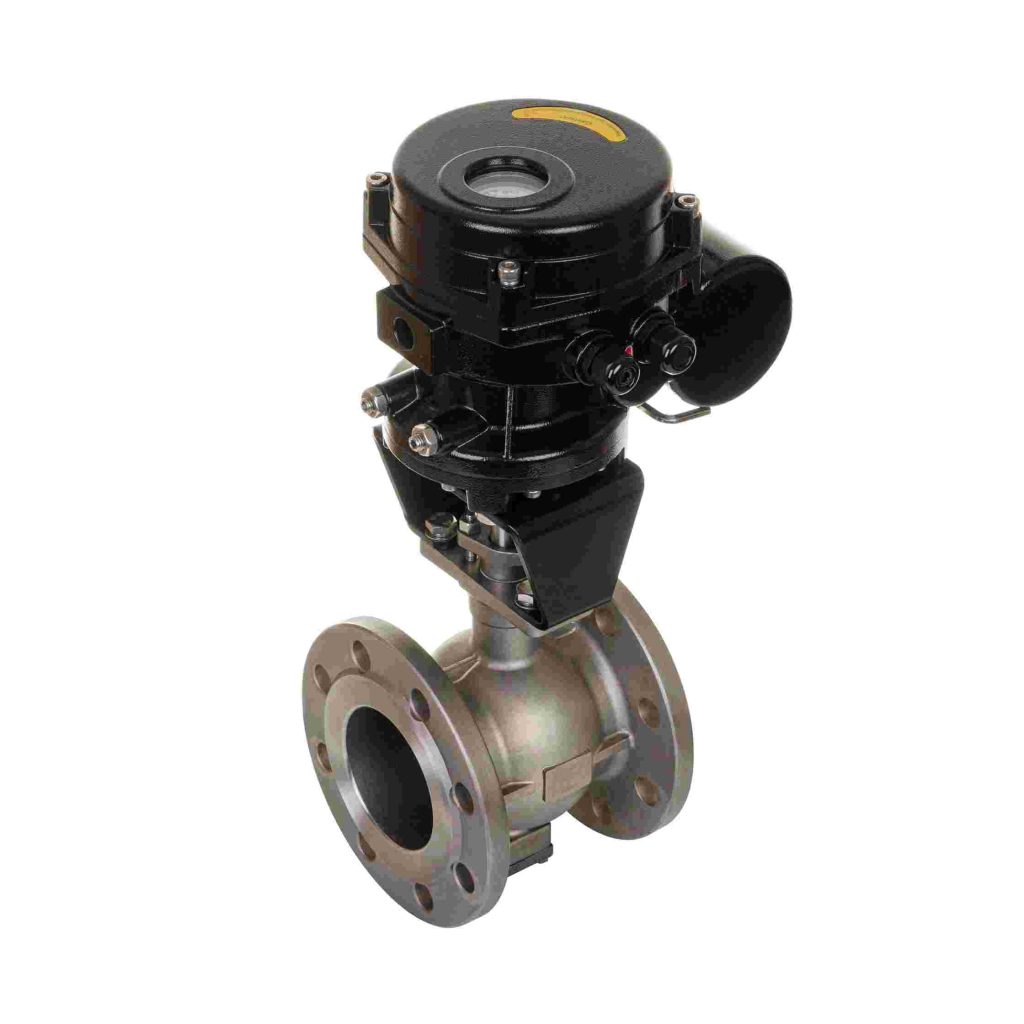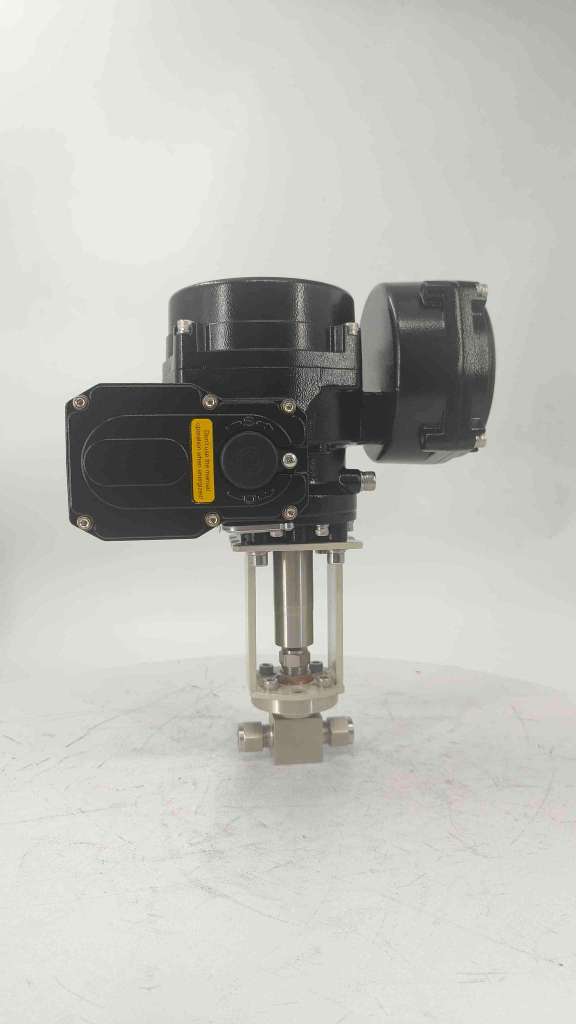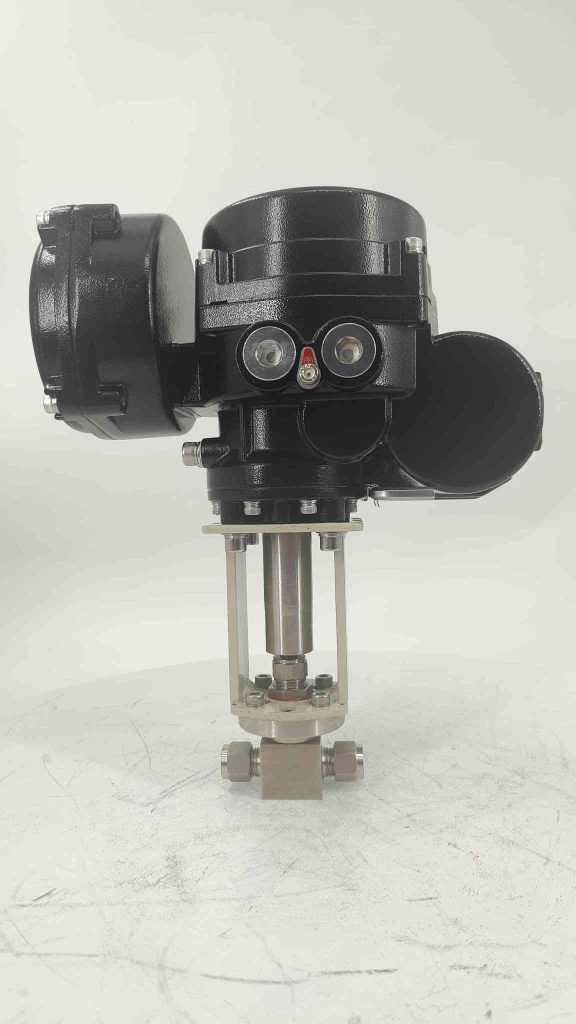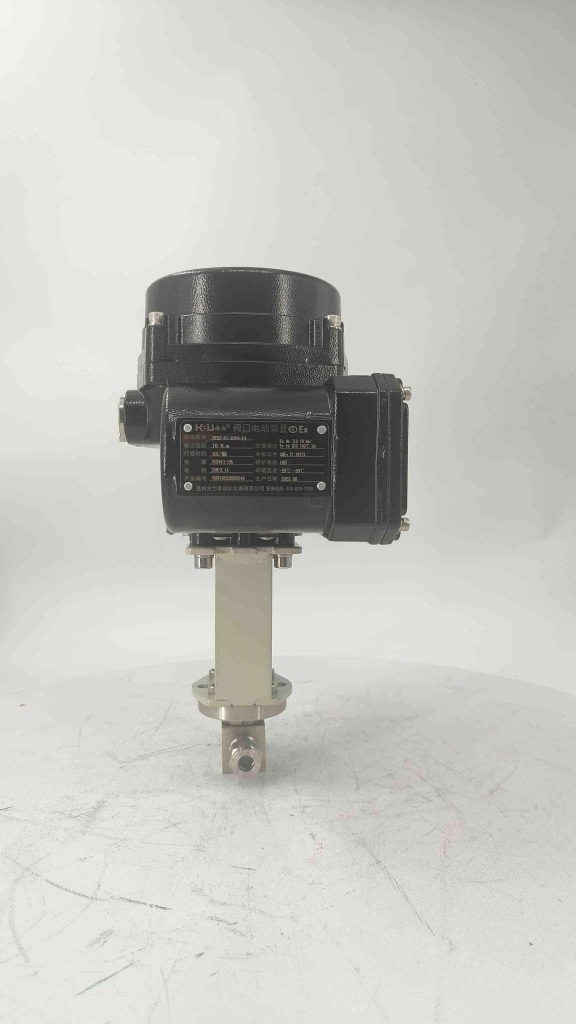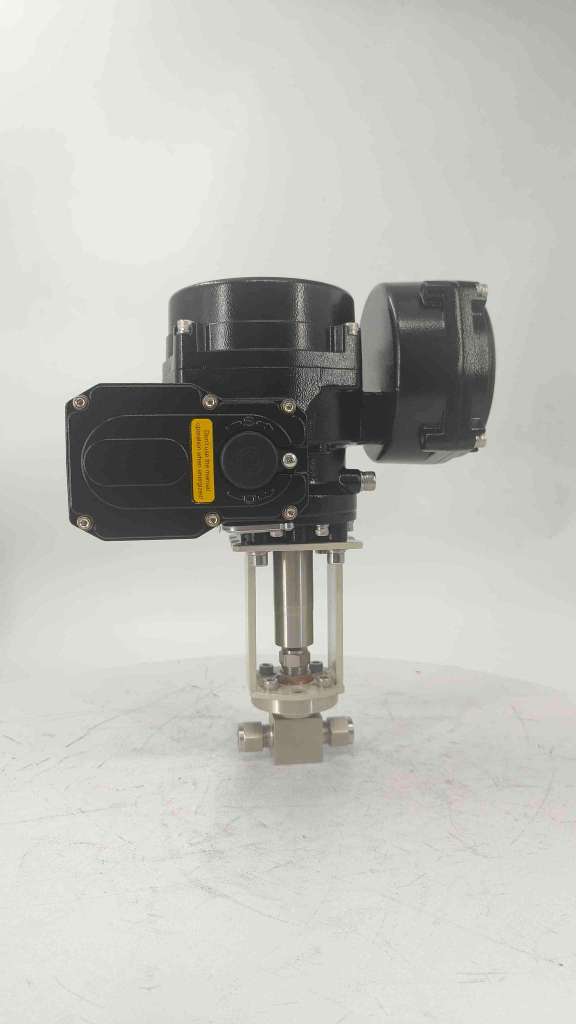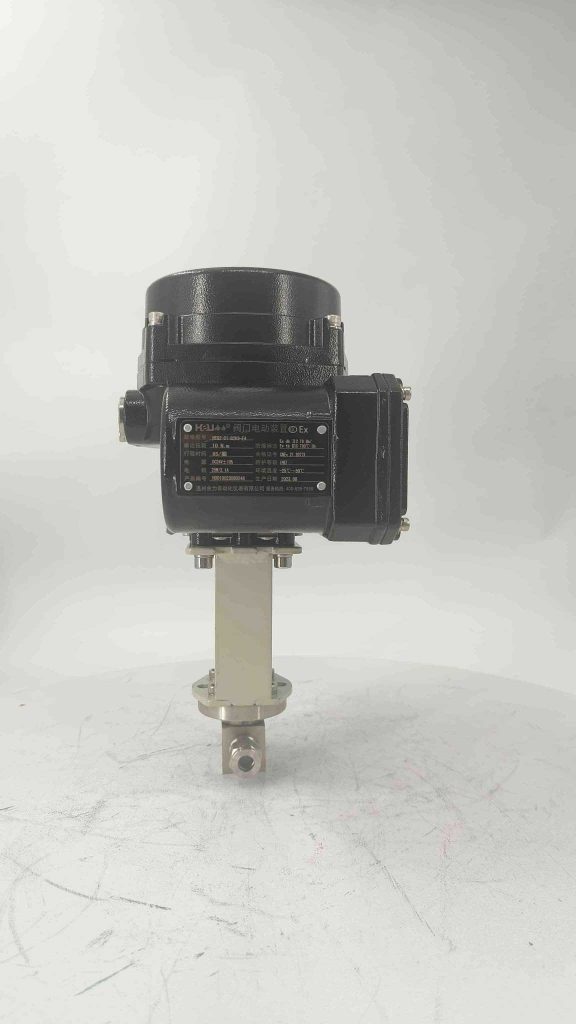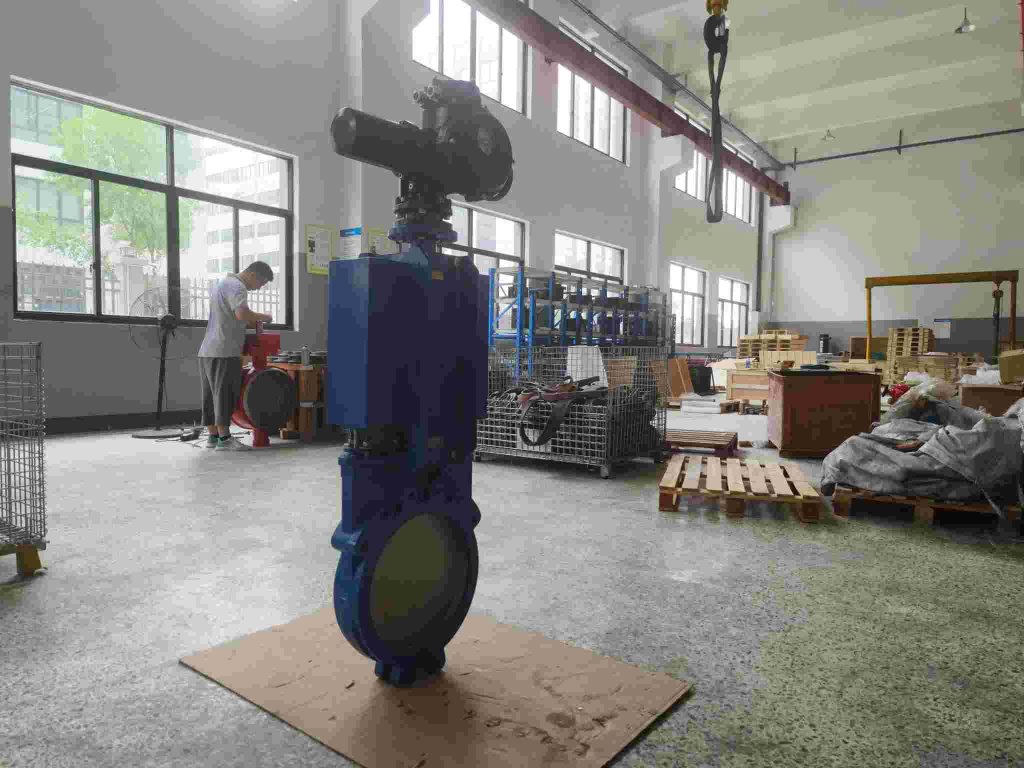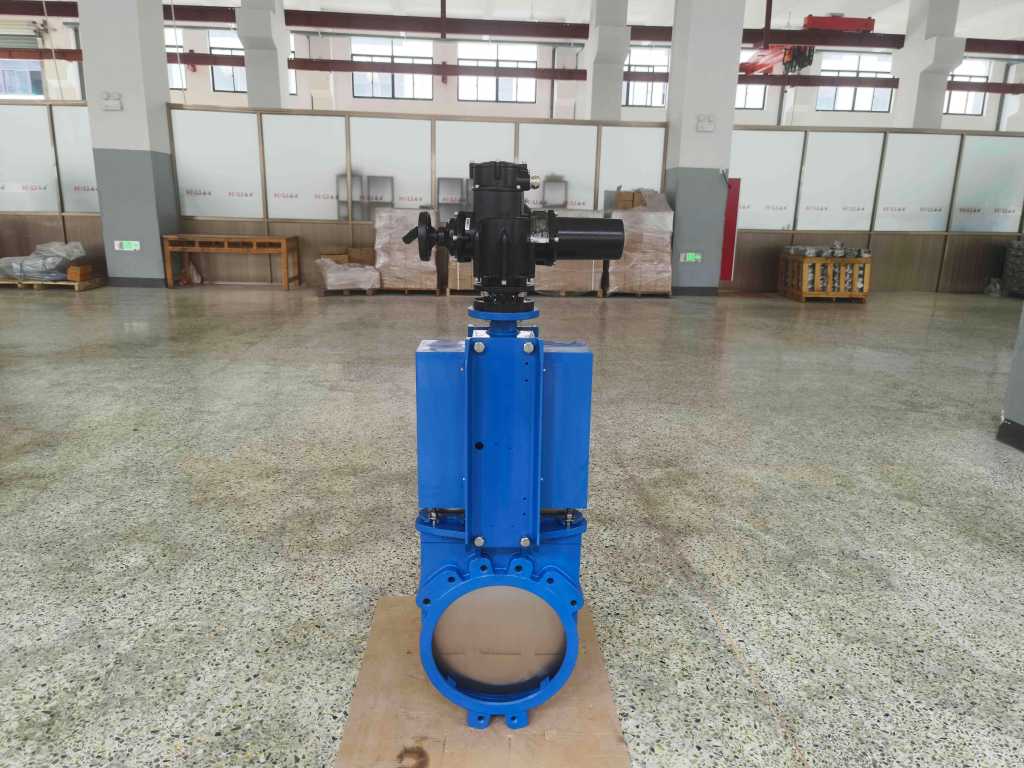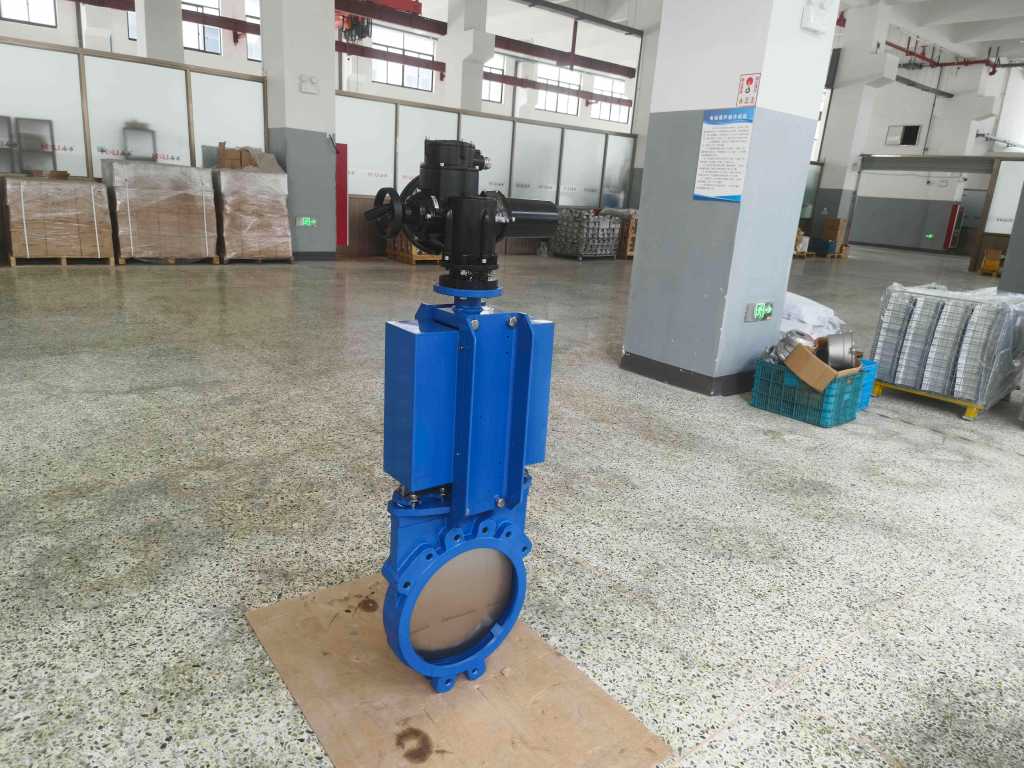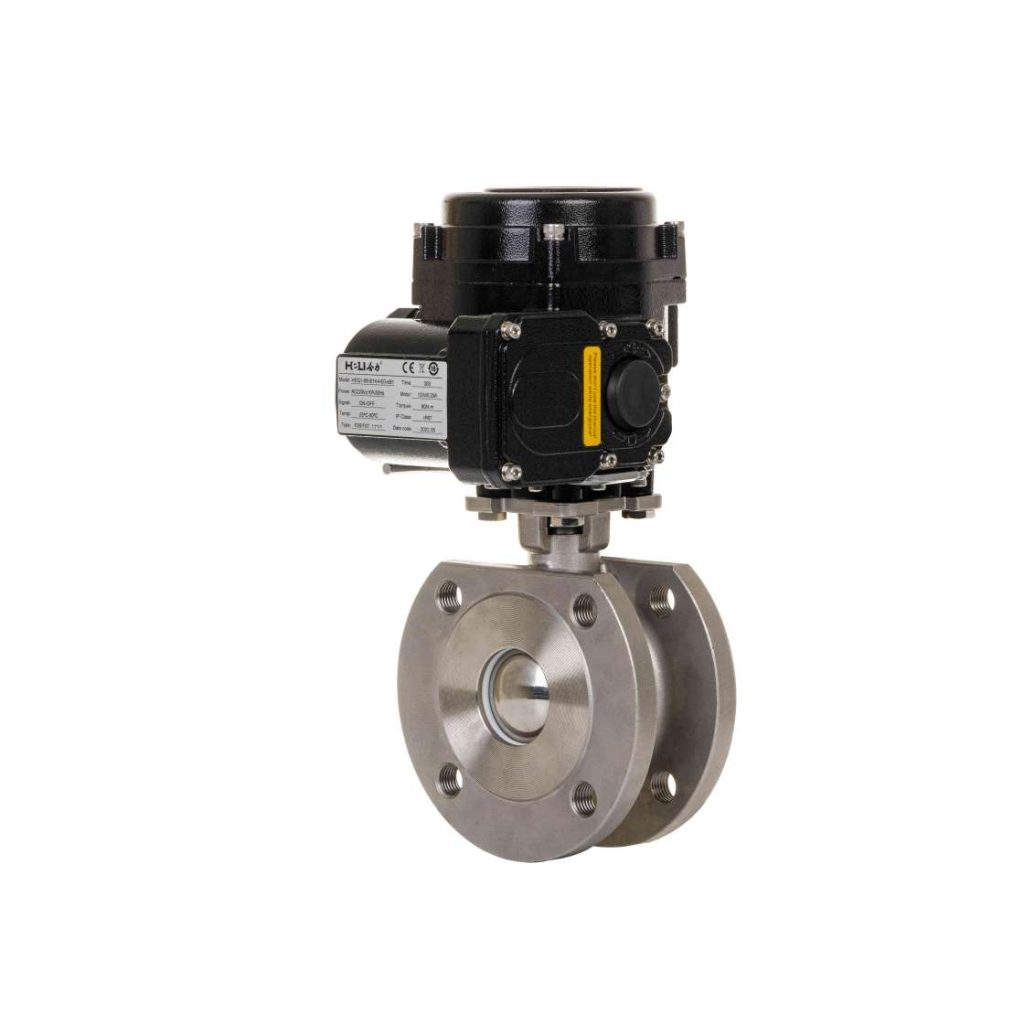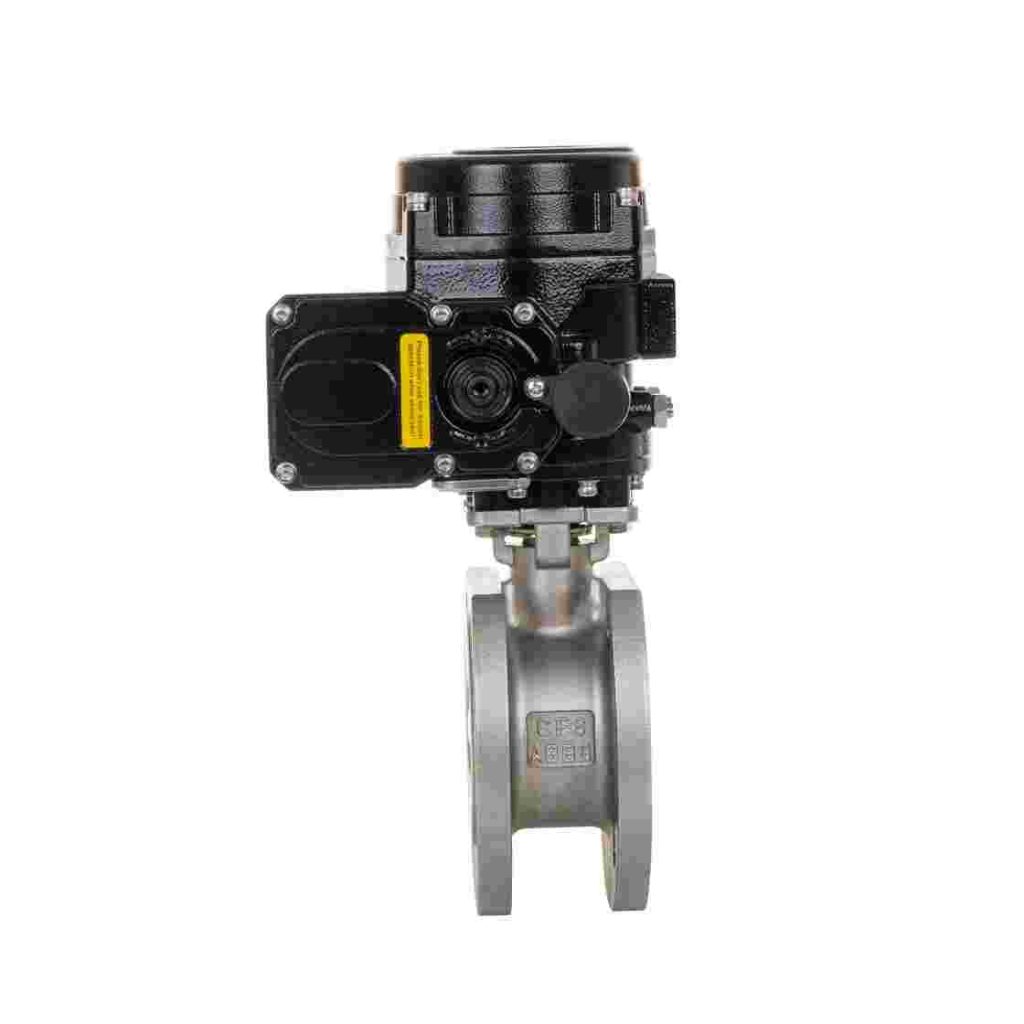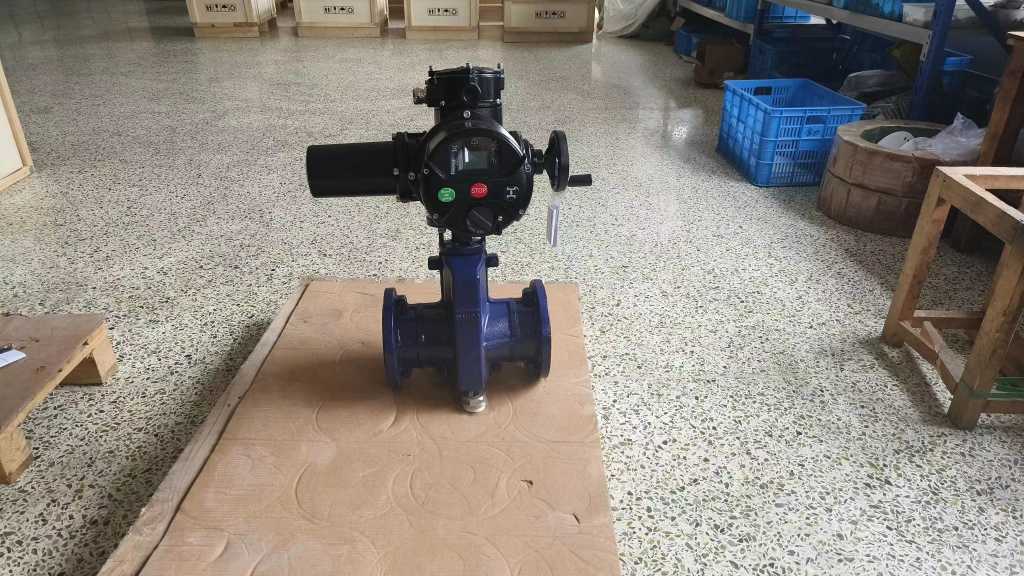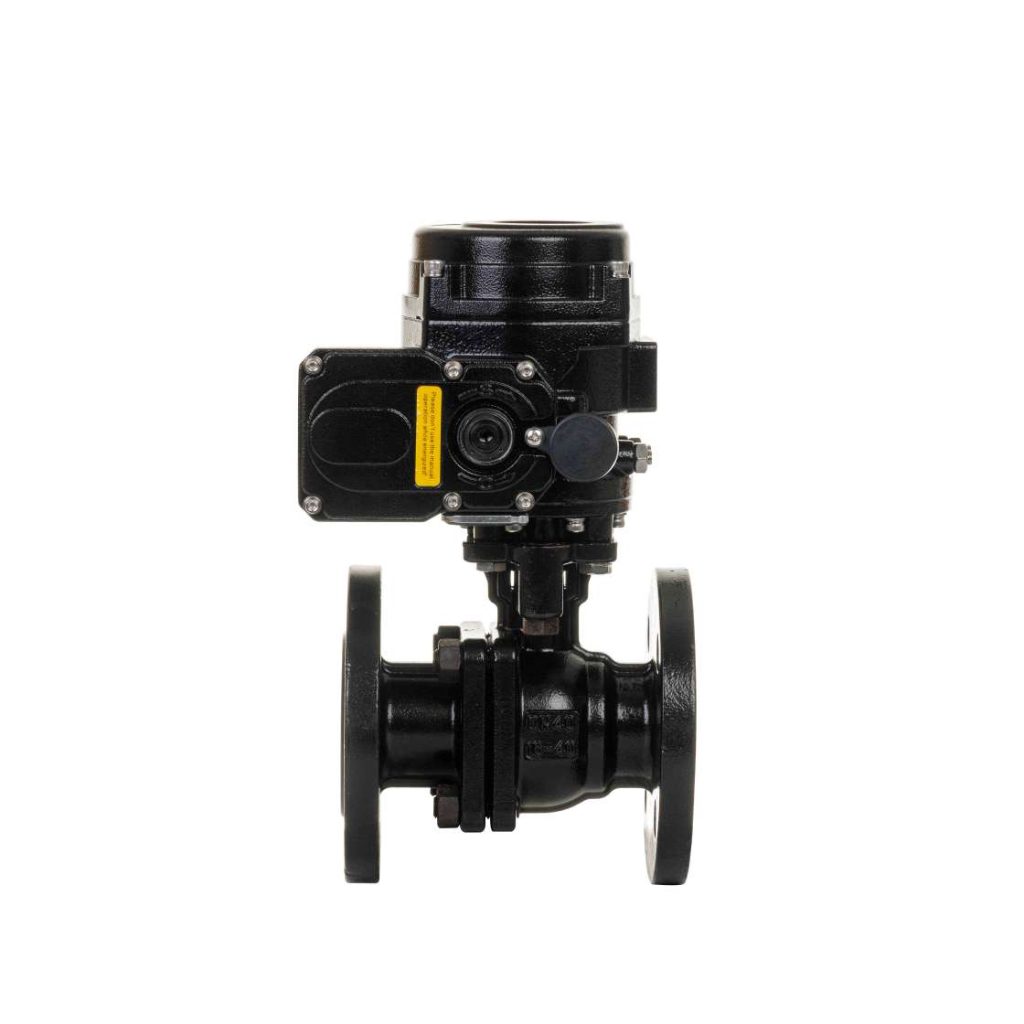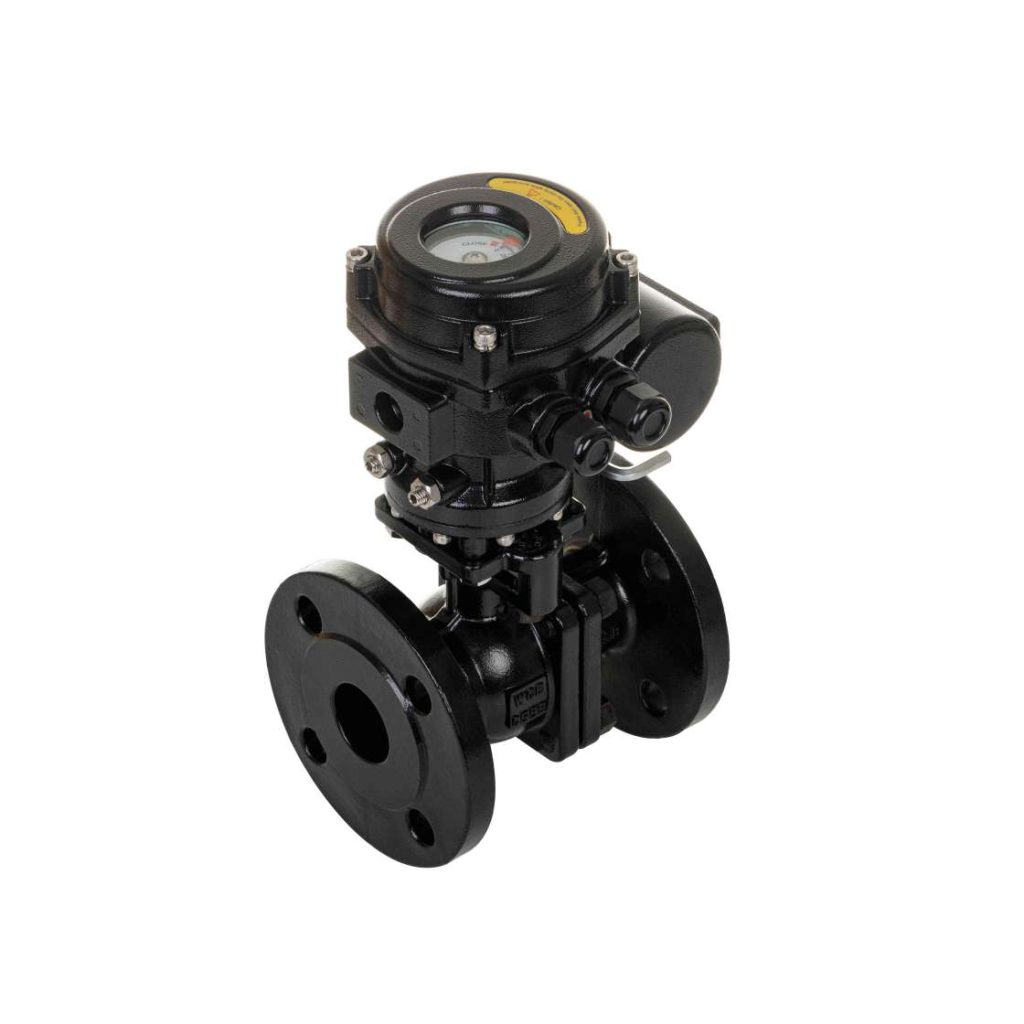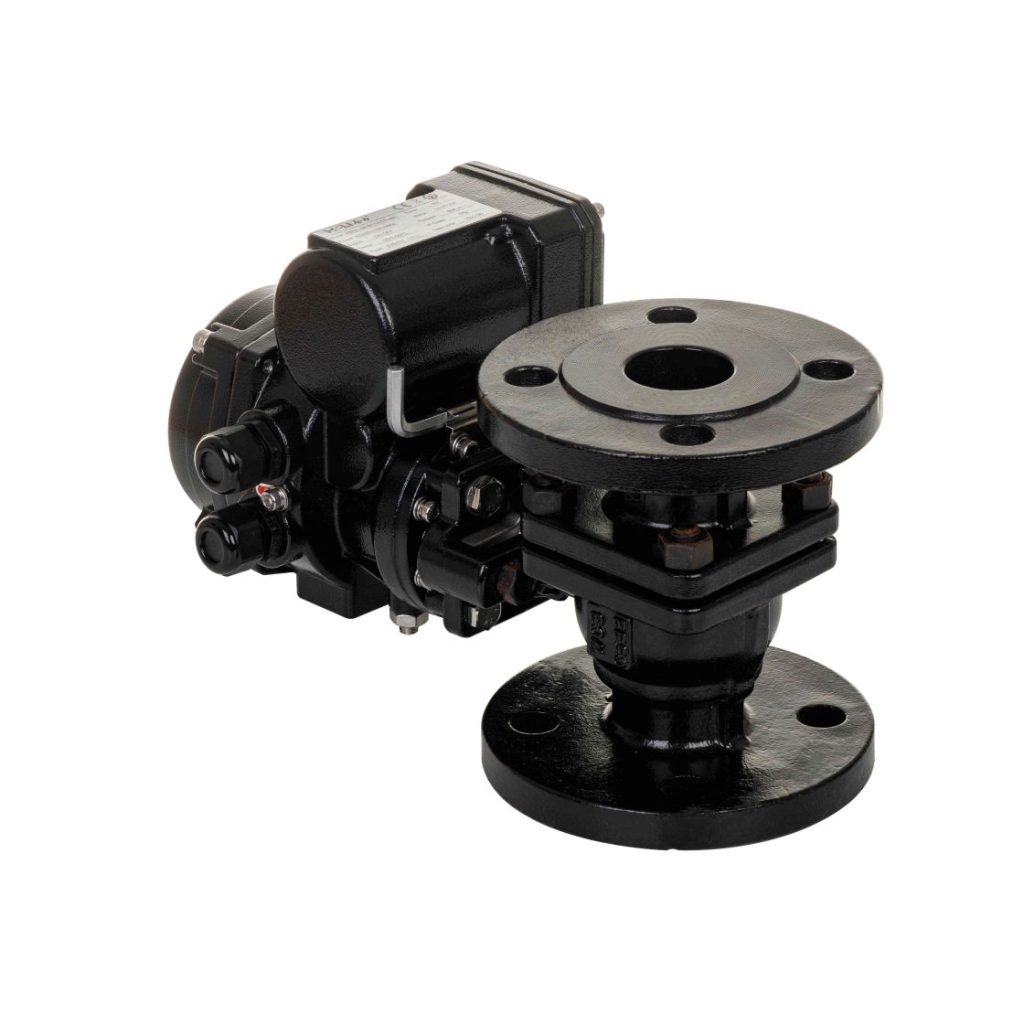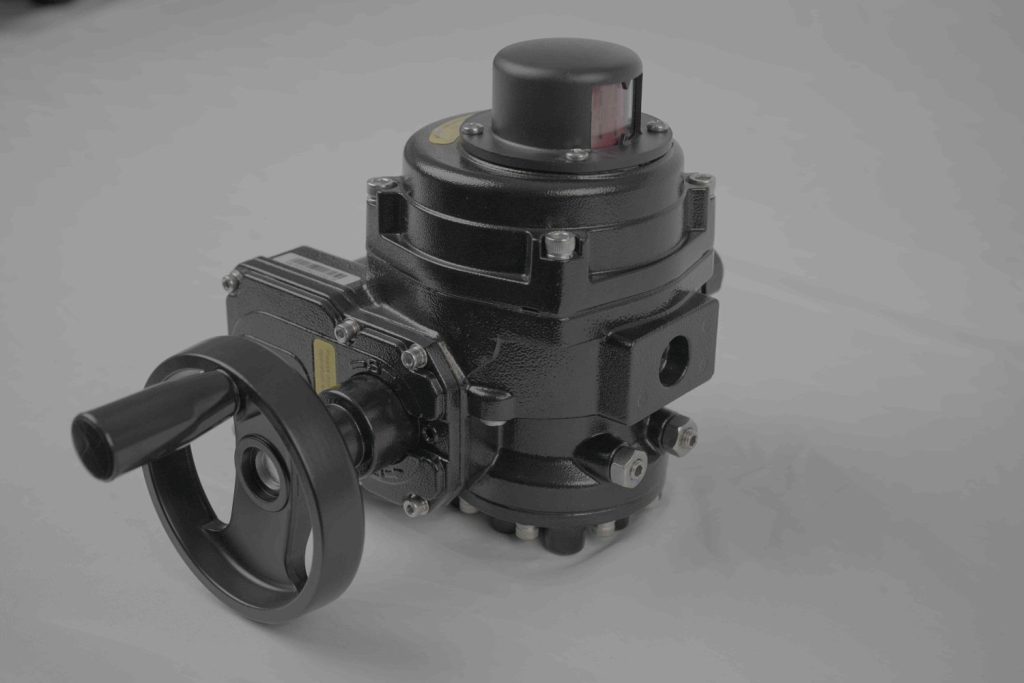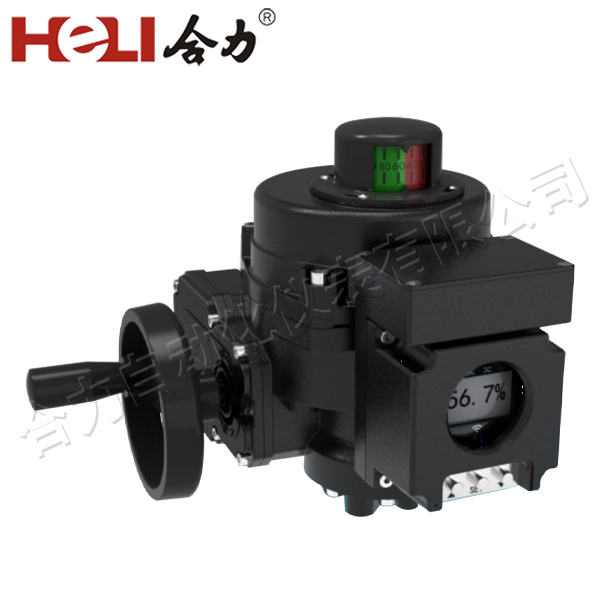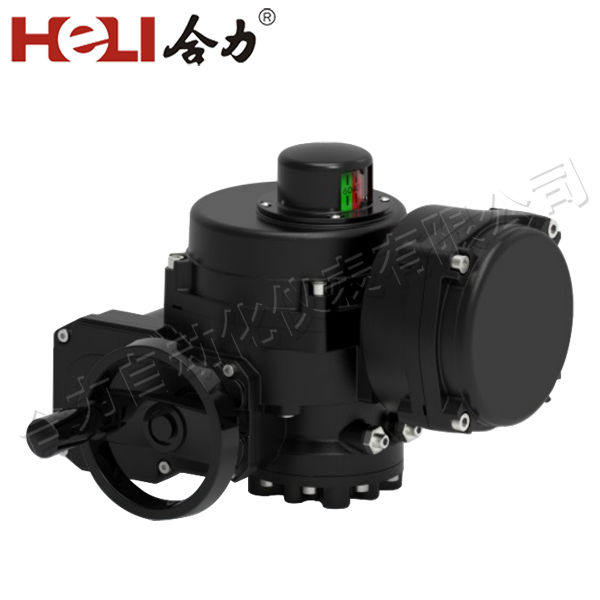The Electric Flat Gate Valve is an essential component in modern fluid control systems, designed to offer precision, efficiency, and reliability in a variety of industrial applications. With the growing demand for automated control systems in industries such as oil and gas, water treatment, chemical manufacturing, and power generation, the electric flat gate valve plays a pivotal role in streamlining processes, improving safety, and reducing manual labor.
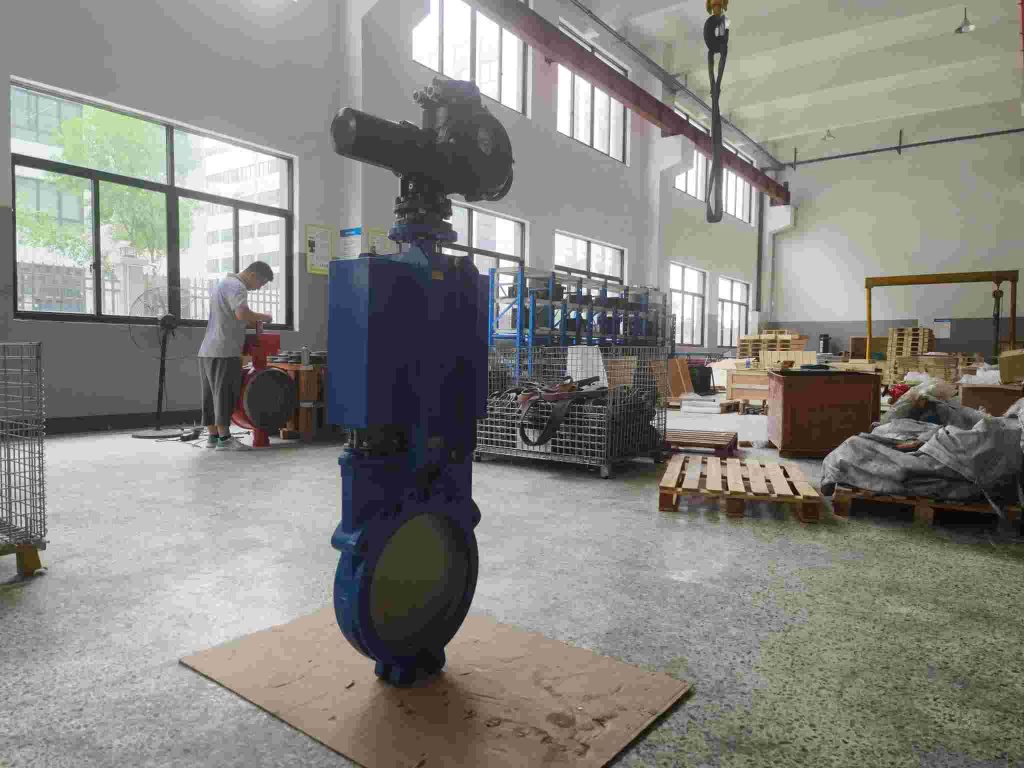
What is an Electric Flat Gate Valve?
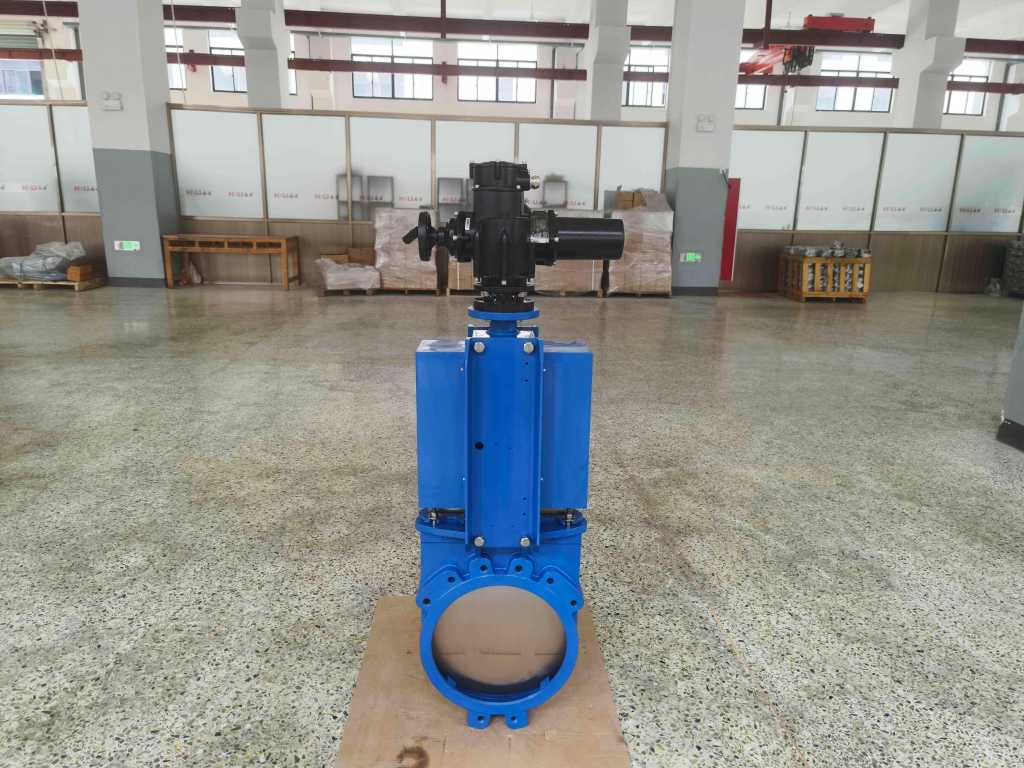
An Electric Flat Gate Valve is a type of valve that uses an electric actuator to control the movement of a flat gate or disc within a pipe, regulating the flow of liquids or gases. Unlike traditional gate valves with a wedge-shaped disc, the flat gate valve features a flat or slightly curved disc that provides better sealing performance and reduces flow resistance. The valve is designed for use in pipelines where a high degree of flow control and tight sealing is required. Key Features of Electric Flat Gate Valves Electric Actuation: The electric flat gate valve is driven by an electric actuator, which allows for precise and reliable control. This feature is particularly useful in automated systems where valves need to be operated remotely or integrated into a larger process control system.
